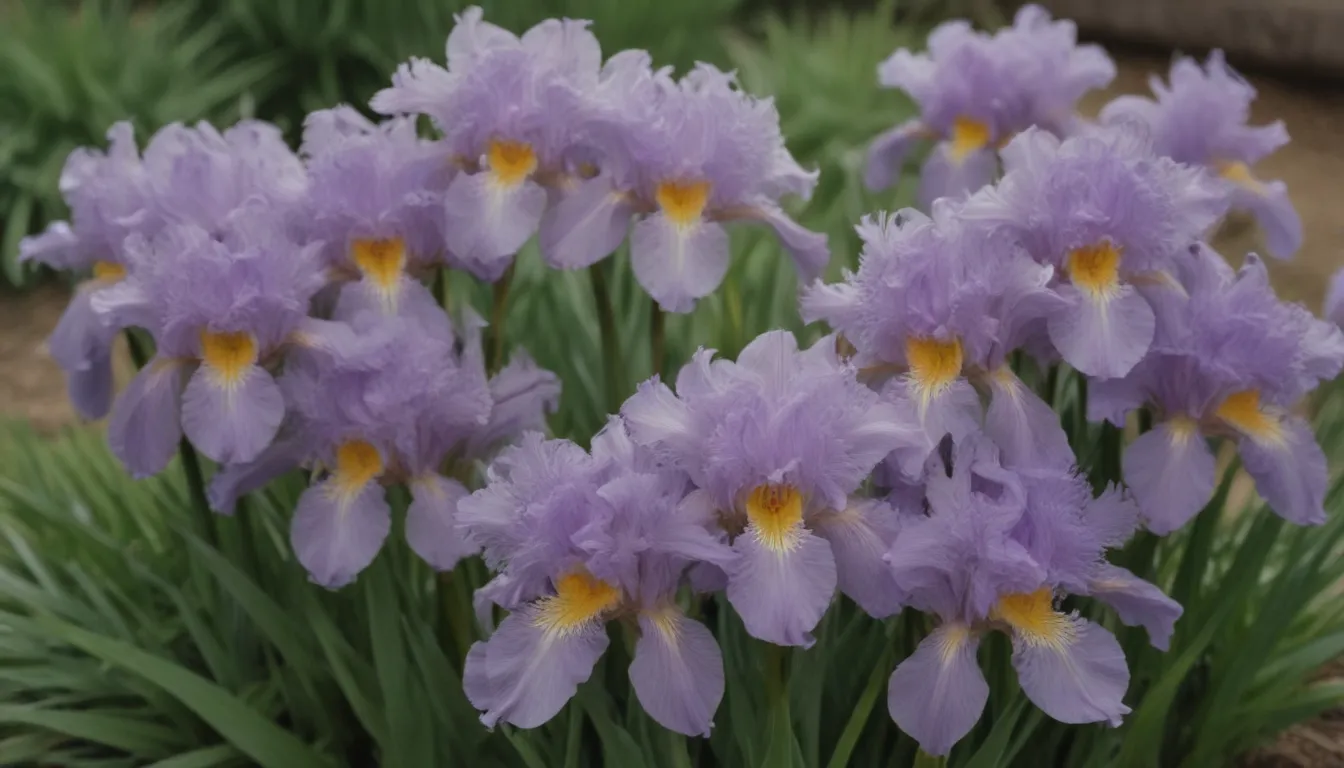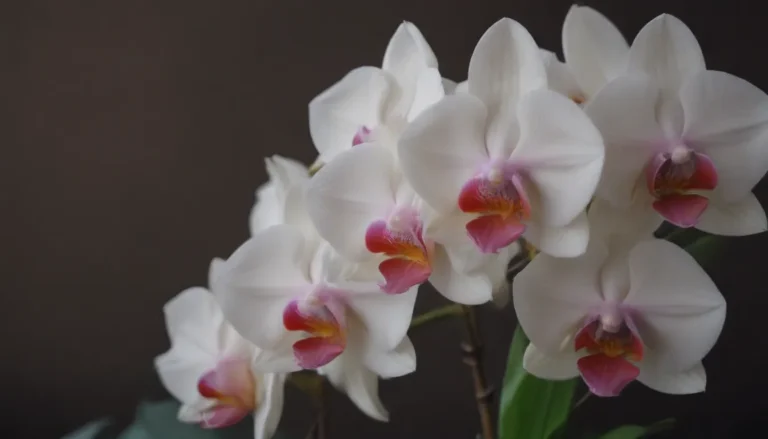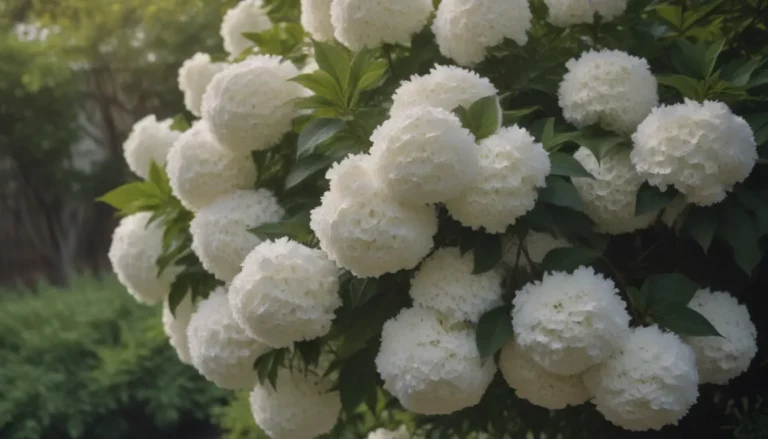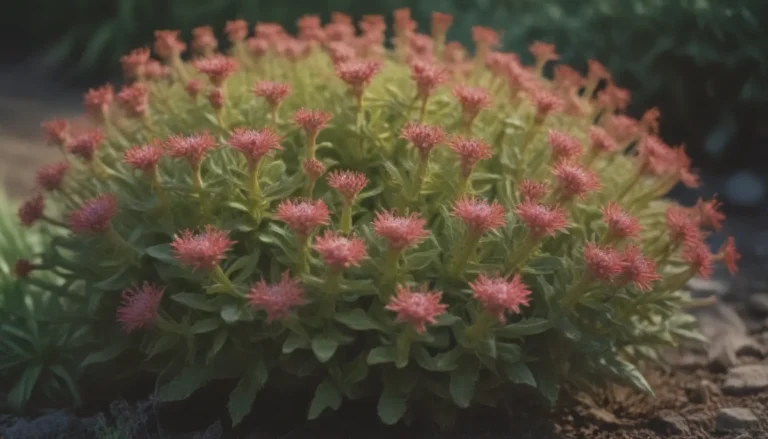How to Grow and Care for Japanese Iris: A Comprehensive Guide for Gardening Enthusiasts

Japanese irises are a stunning addition to any garden, boasting large, colorful flowers and unique foliage. They are known for their ability to thrive in wet, soggy conditions, making them a great choice for areas with water retention issues. In this in-depth guide, we will explore everything you need to know about growing and caring for Japanese iris to ensure your plants flourish and bloom beautifully.
Japanese Iris Care: Tips for Success
Growing Japanese iris does require a bit more attention compared to other irises, but with the right care, you can enjoy a bountiful display of flowers. Here are the main care requirements for Japanese iris:
- Light: Japanese iris thrives in full sun, but may benefit from some afternoon shade in hotter climates.
- Soil: Ensure the soil is friable, loamy, and slightly acidic for optimal growth.
- Water: Japanese irises require ample water, especially during the spring and summer months. Avoid letting the soil dry out completely.
- Temperature and Humidity: These irises are cold-hardy and prefer humid conditions over hot, arid climates.
- Fertilizer: Established plants benefit from nitrogen-rich fertilizer in the early spring and after blooming.
Types of Japanese Iris: Variety and Beauty
Japanese irises come in a variety of shapes, sizes, and colors, making them a versatile choice for any garden. Popular varieties include:
- Iris ensata ‘Variegata’
- Iris ensata ‘Japanese Pinwheel’
- Iris ensata ‘Sugar Dome’
- Iris ensata ‘Geisha Girl’
- Iris ensata ‘Dinner Plate’
Each variety offers unique characteristics and can add a pop of color and texture to your garden landscape.
Pruning: Keeping Your Japanese Iris Healthy
After blooming, it’s important to prune your Japanese iris to prevent wasted energy on seed production. Simply cut back the flower stalks to maintain plant health and encourage future blooms.
Propagating and Potting Japanese Iris: A Step-By-Step Guide
Propagating Japanese iris is typically done through division, which helps prevent overcrowding and encourages blooming. In addition, potting your Japanese iris can offer flexibility in water management and growth. Here are some tips for propagating and potting:
- Propagating: Divide clumps every few years in spring or fall to maintain plant health.
- Potting: Use shallow, wide pots with good drainage for optimal growth. Repot or divide the plant when rhizomes outgrow the container.
Overwintering and Common Pests: Protecting Your Plants
While Japanese iris planted in the ground typically do not need winter protection, potted plants require insulation to protect roots from the cold. Be sure to winterize your containers to ensure plant survival during colder months. Additionally, be on the lookout for common pests such as slugs, snails, and aphids, which can affect plant health.
How to Get Japanese Iris to Bloom: Tips for Success
Encouraging blooming in Japanese iris requires proper care and attention. Ensure your plants are receiving adequate sunlight, are not overcrowded, and are properly pruned to encourage full, vibrant blooms.
Common Problems and Solutions: Troubleshooting Your Japanese Iris
- Faded Colors: Fading colors may result from transplanting, extreme temperature changes, or soil disturbances. Consider dividing the plant to rejuvenate growth.
- Slow Growth: If your plant is growing slowly, check planting depth and adjust to a shallower depth for optimal growth.
- Mushy or Rotted Rhizomes: Excess water in the fall and winter can cause rhizomes to rot. Dig up affected rhizomes, improve soil drainage, and replant for healthier growth.
In conclusion, Japanese iris is a beautiful and unique plant that can thrive in a variety of garden settings. By following these care tips and best practices, you can enjoy a stunning display of flowers and lush foliage in your garden. Happy gardening!





